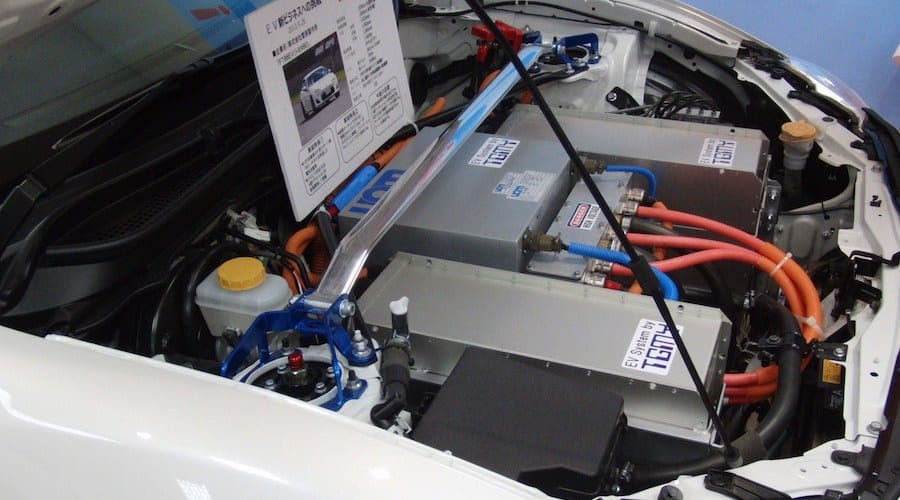Researchers working on lithium-ion battery recycling at CSIRO, Australia’s National Science Agency, have come up with a solution to safely discharge end-of-life batteries prior to storage or recycling.
According to the scientists, upon decommissioning, lithium batteries still contain significant amounts of energy which can lead to safety problems when it comes to transportation, disposal and recycling.
To address this issue, the researchers created a wet discharge bath that makes small lithium batteries, such as those in mobile phones and other hand-held devices, safe prior to disposal. The technology is designed to not interfere with downstream material-recovery processes.
For larger units, such as those in hybrid and electric vehicles or household PV storage systems, they developed a discharge technology that collects the energy and feeds it into the grid to power the site where the battery is at.
In 2021, 6.6 million plug-in vehicles were sold globally, while EV penetration is expected to reach 23% by 2030, taking the lion’s share of the world’s battery demand.
Given this rapid increase in the use of Li-ion batteries and their subsequent disposal, the CSIRO researchers say they are willing to assist industry partners to transition into their proposed safe-managing practices.

